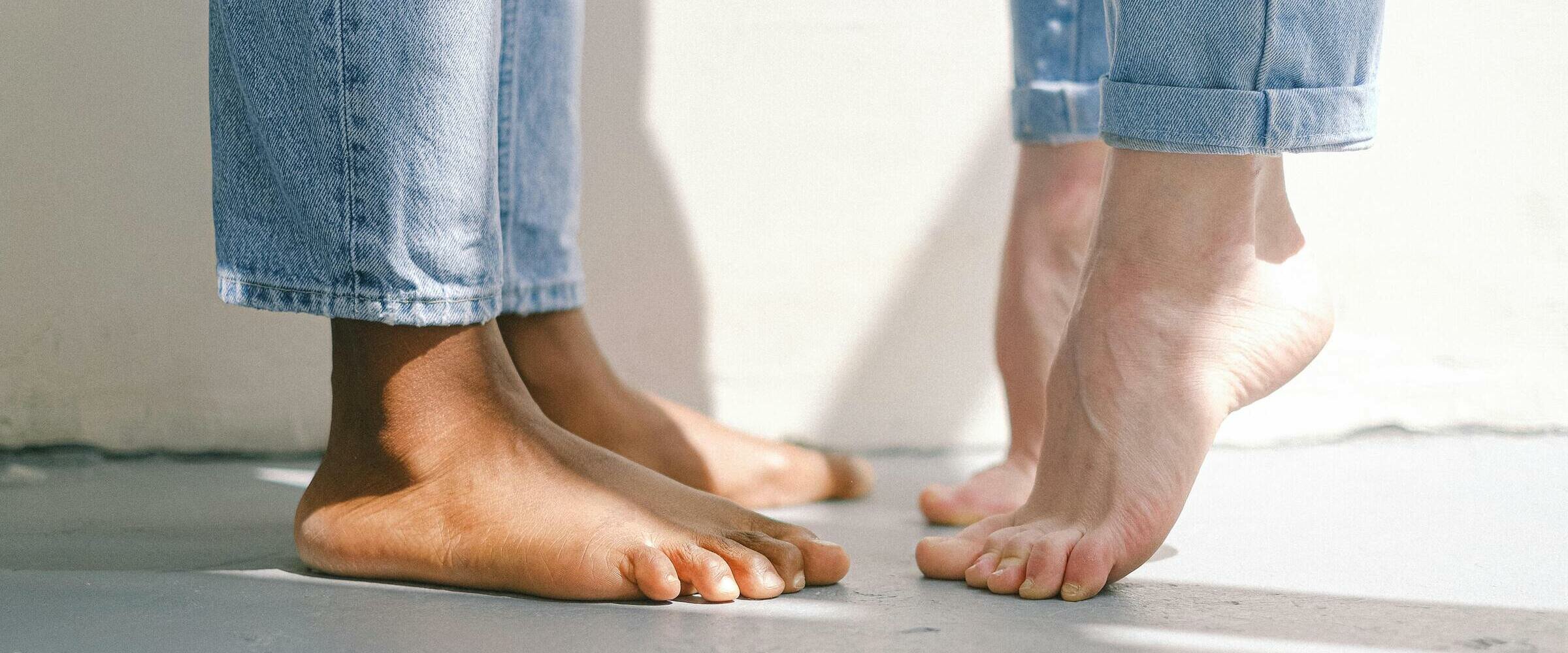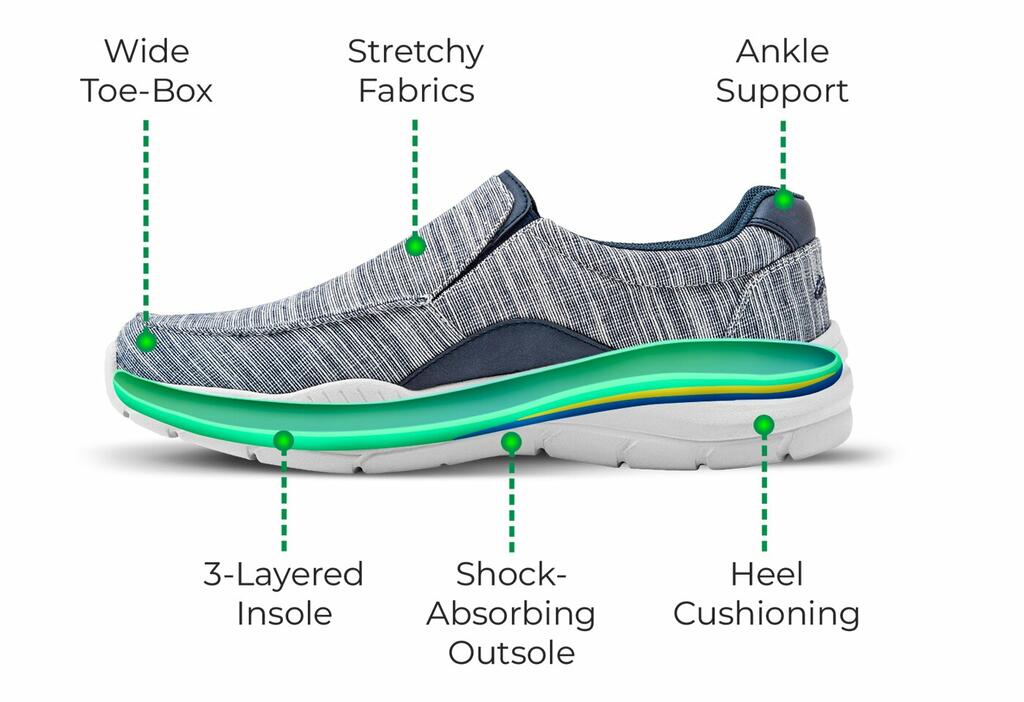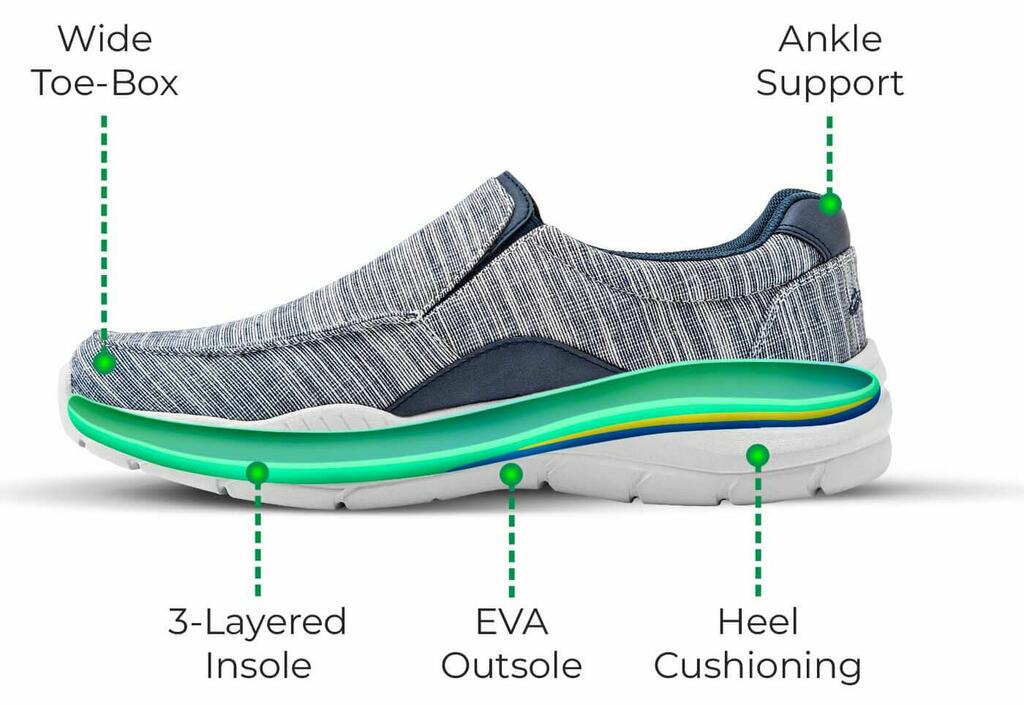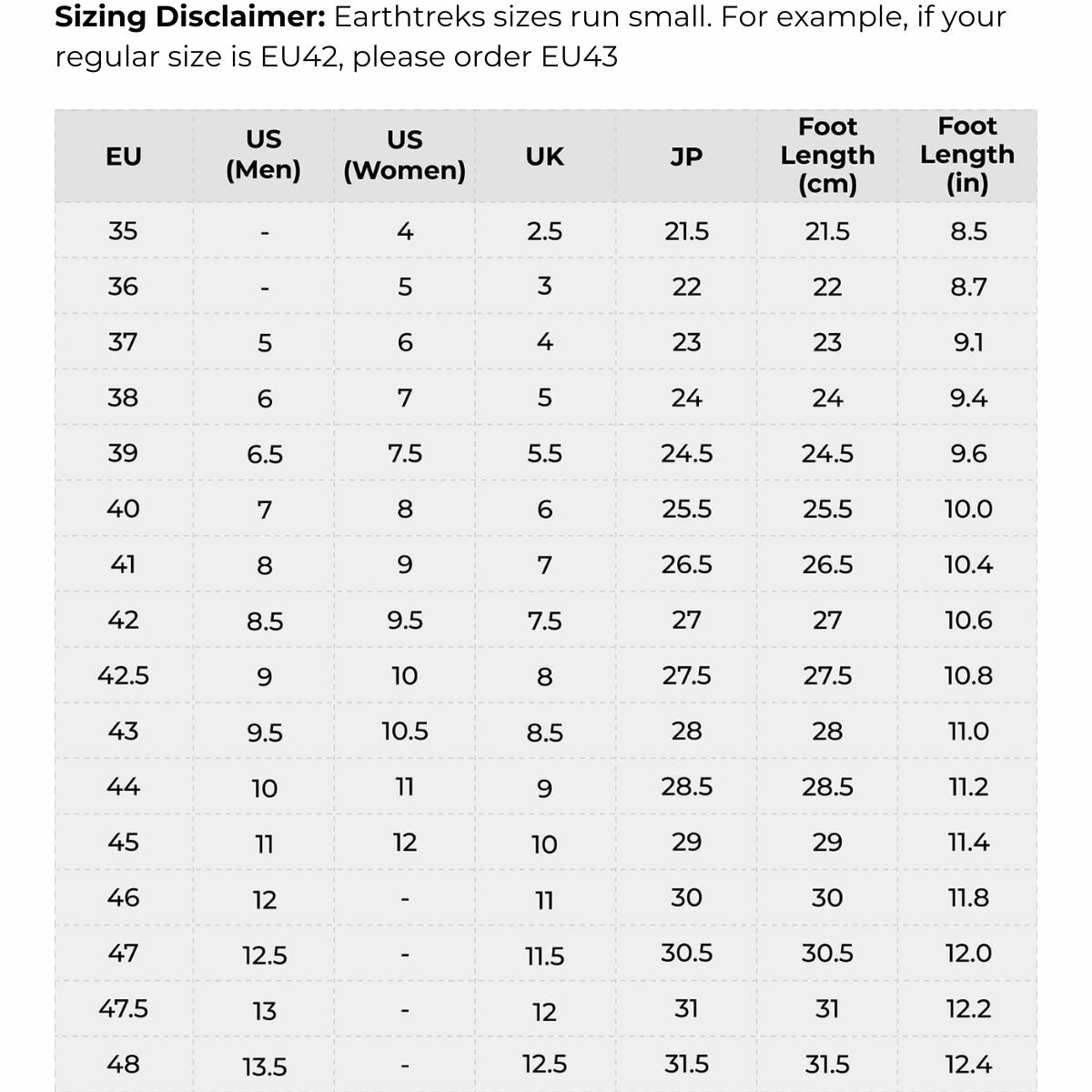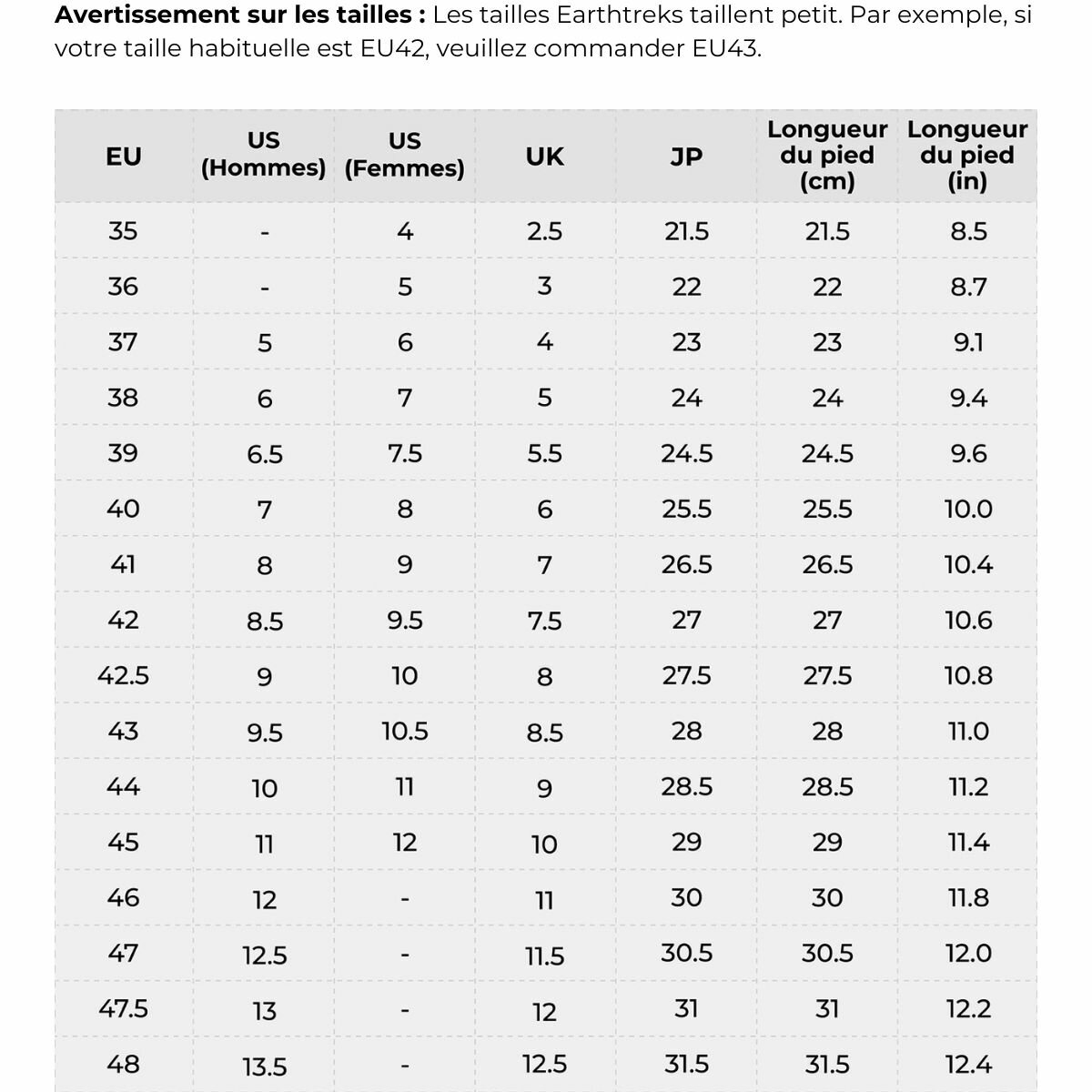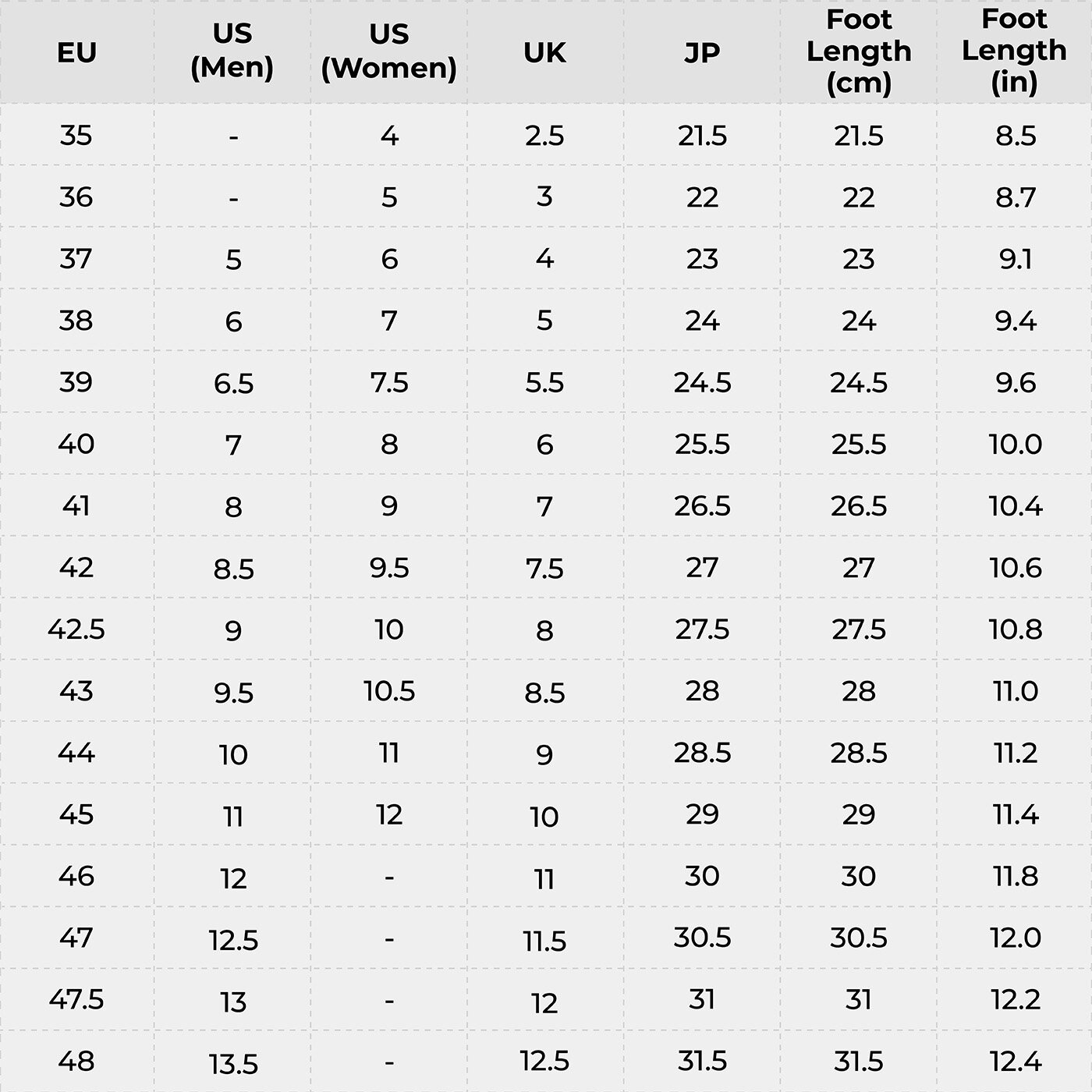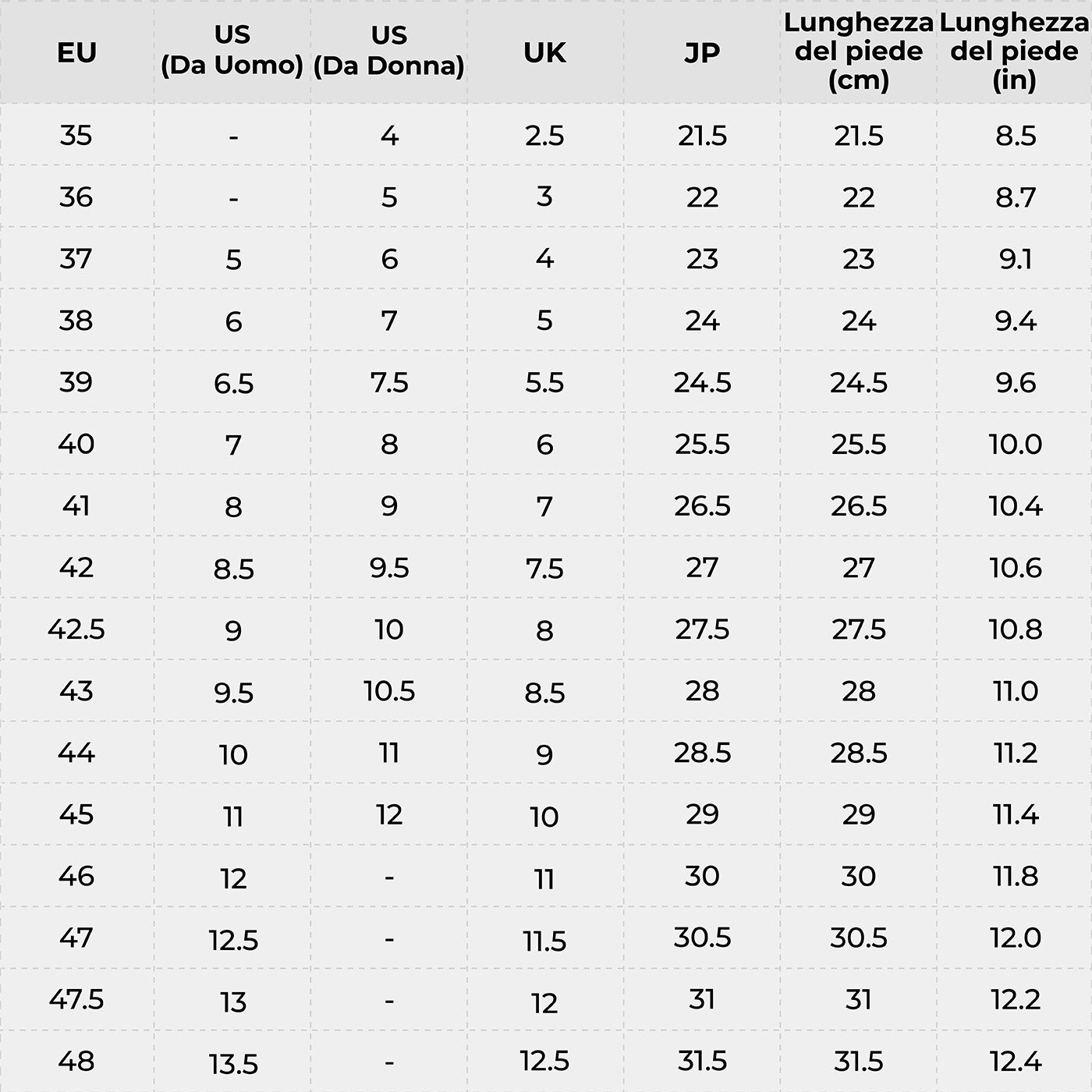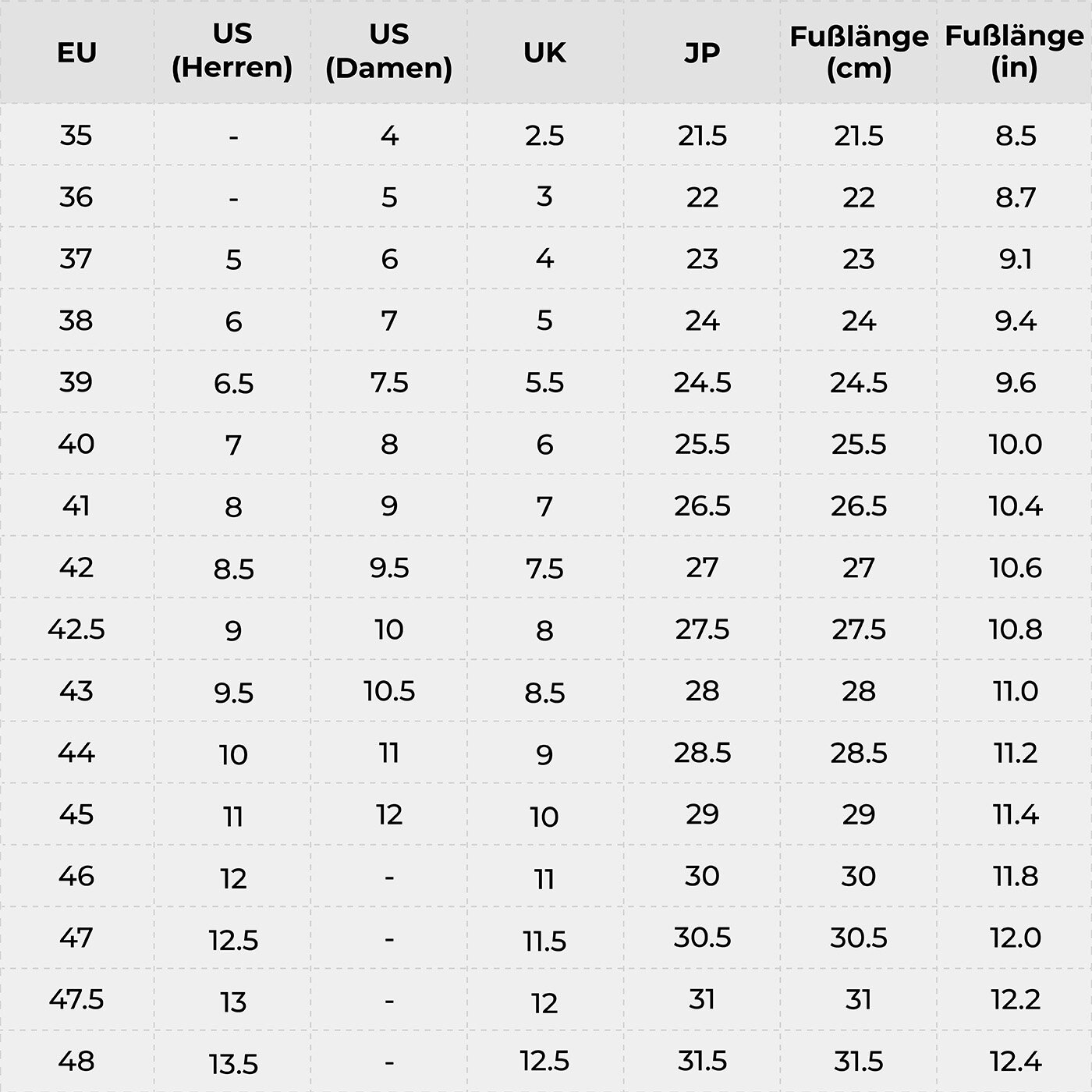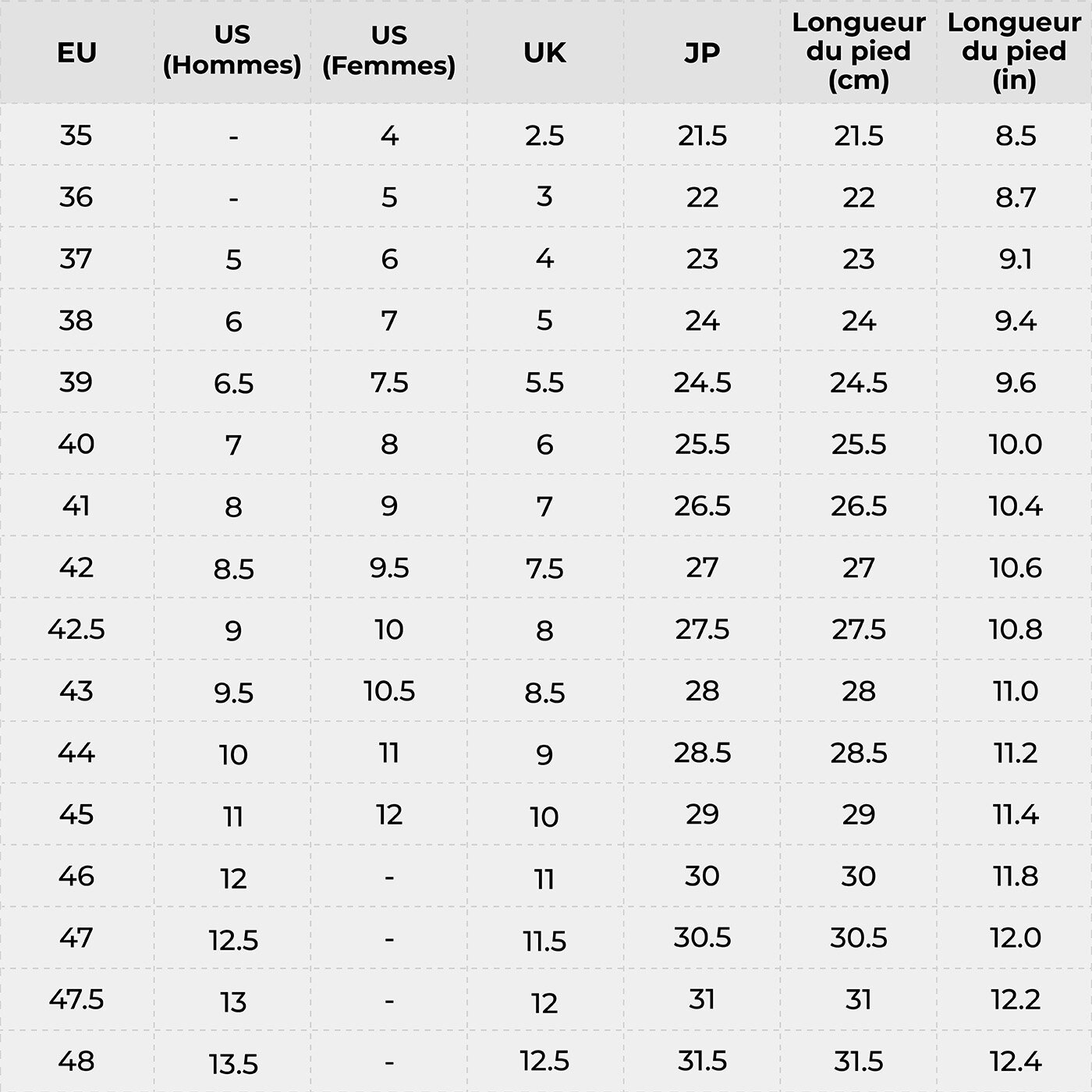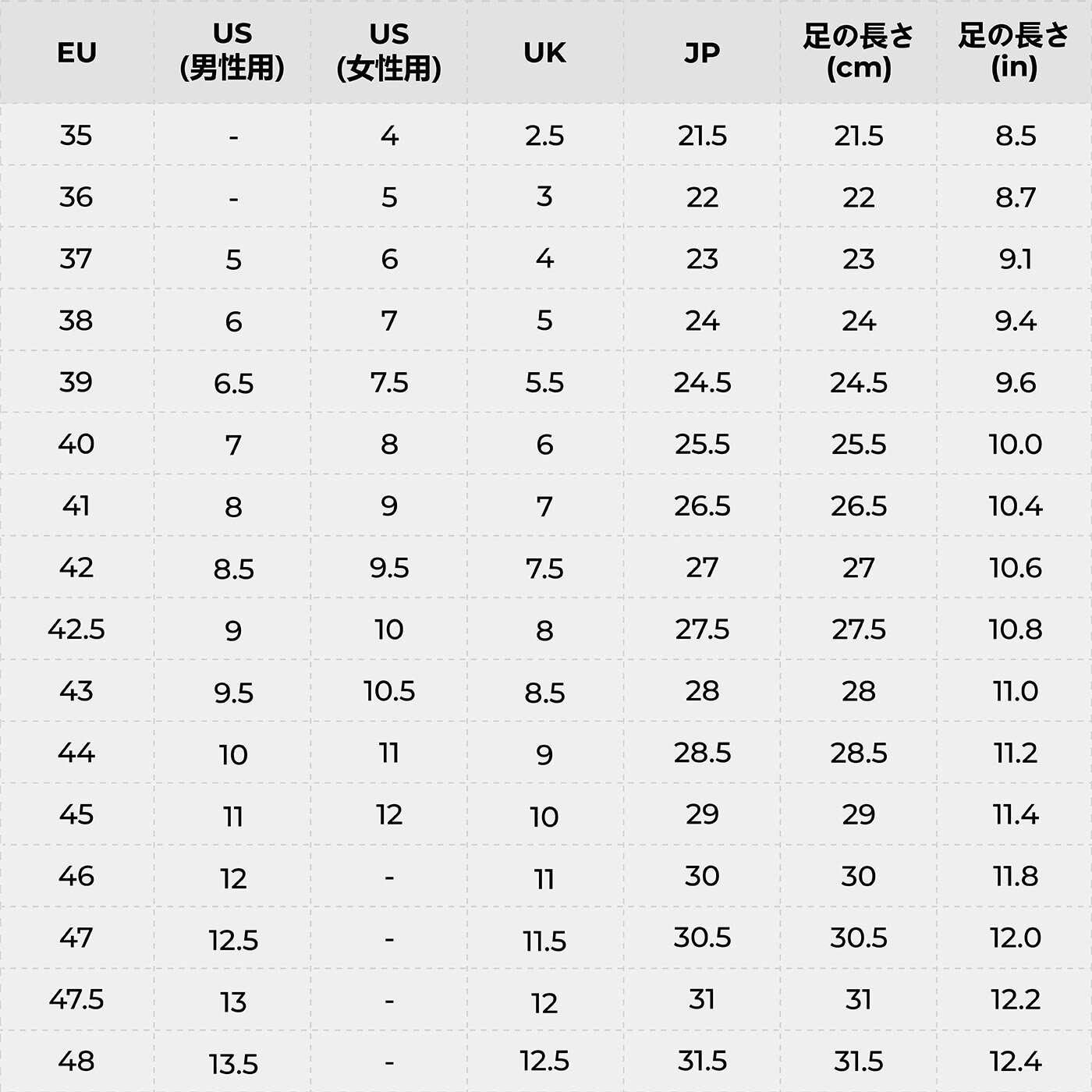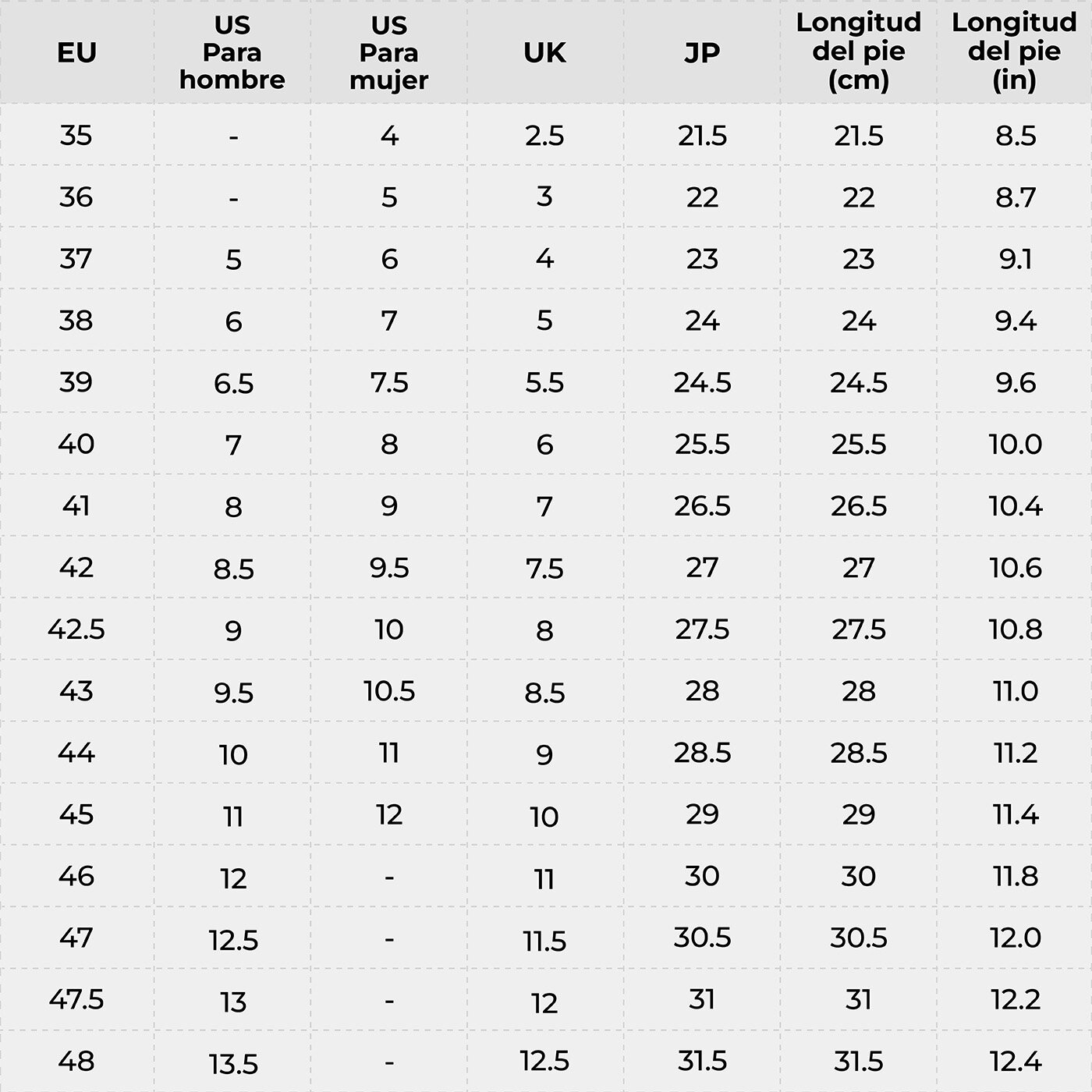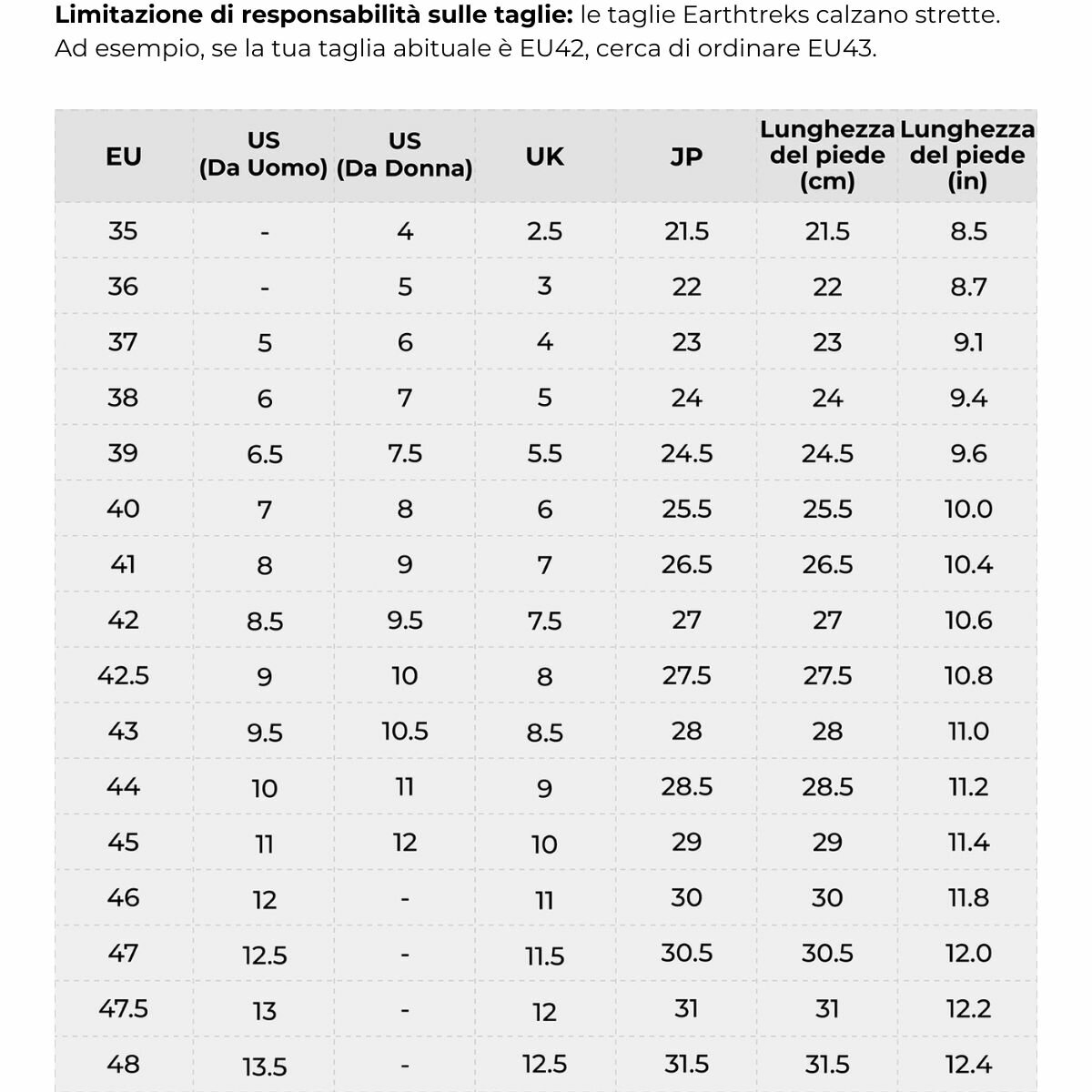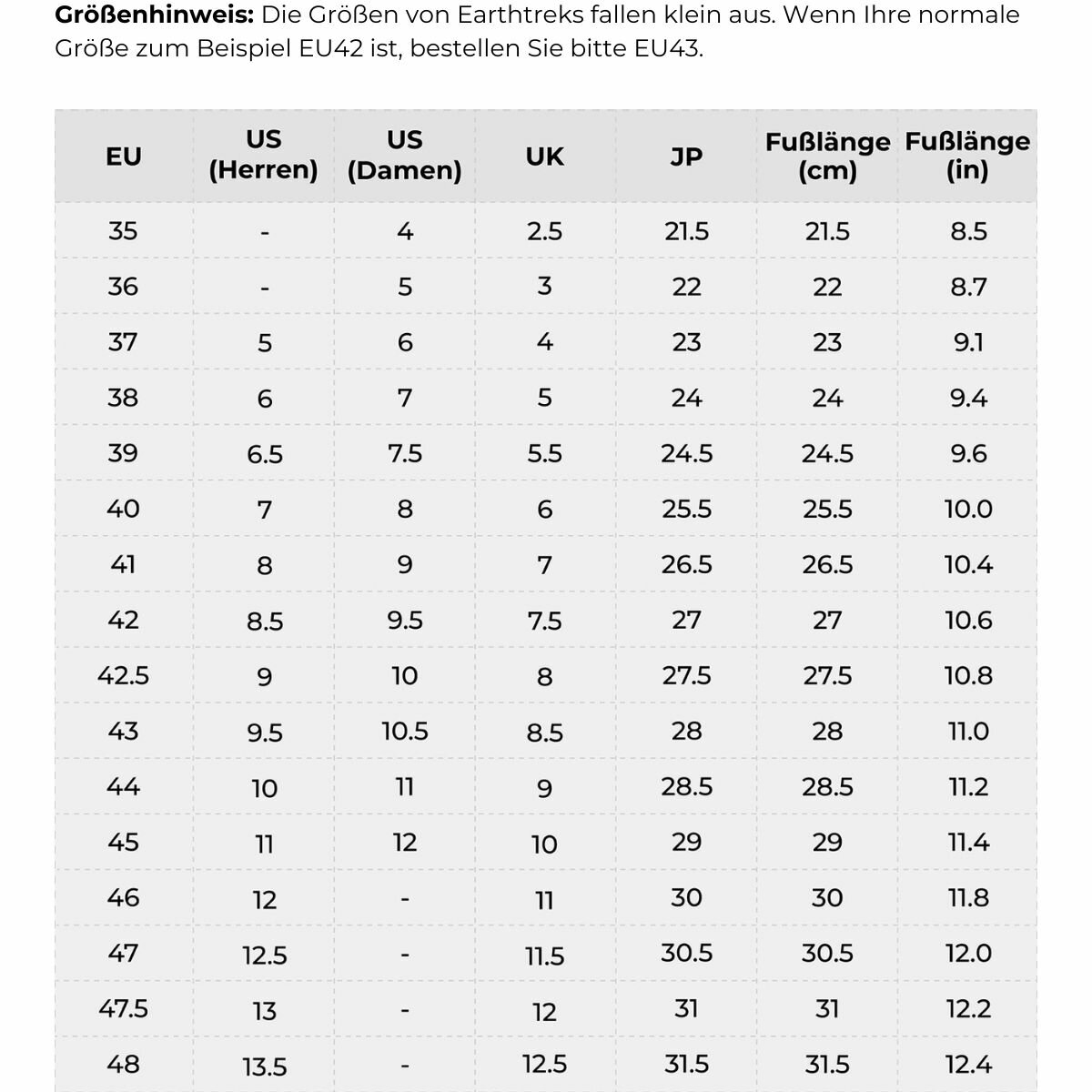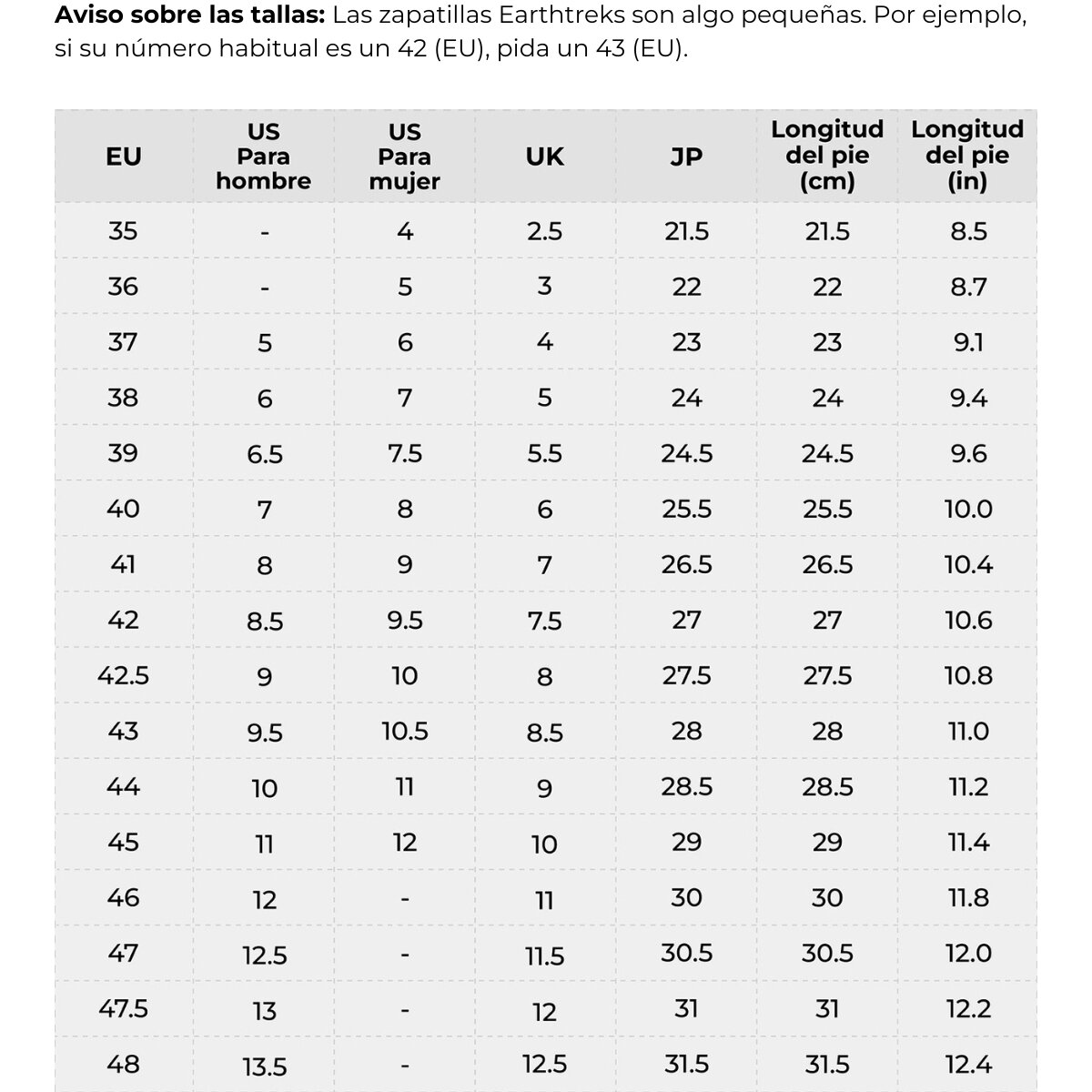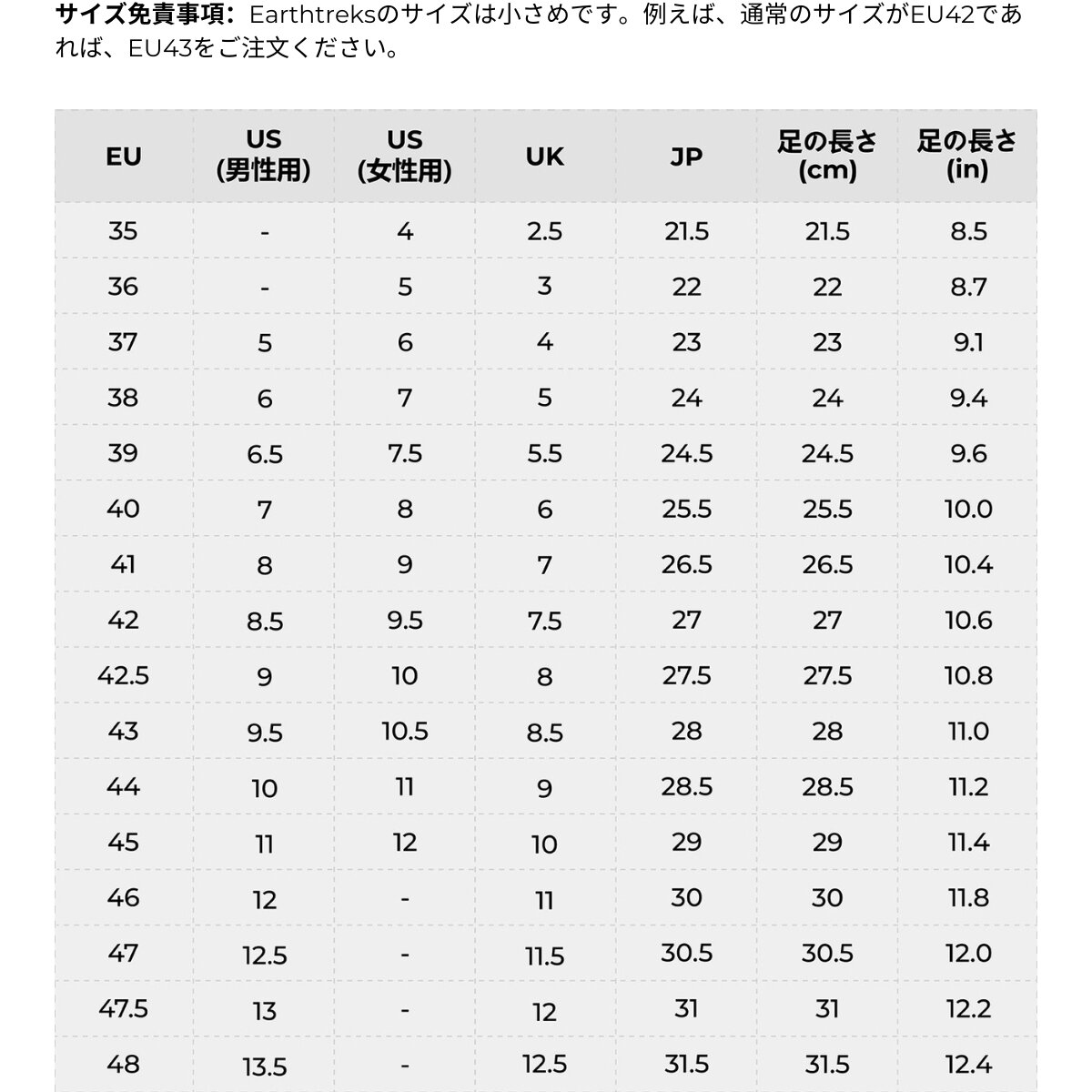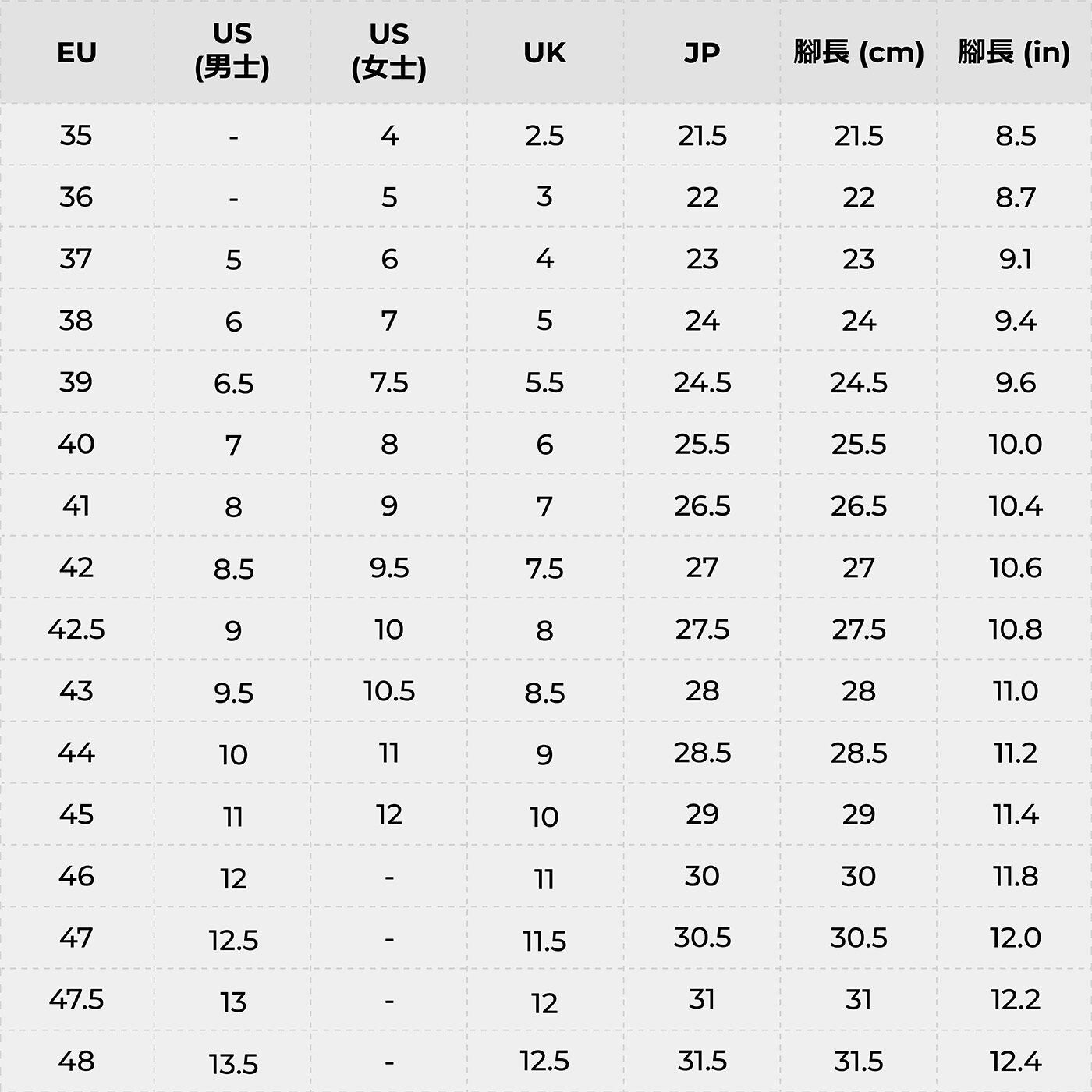Dealing with bunions can be a real pain – literally and figuratively. If you’re on the hunt for the most comfortable shoes to alleviate or prevent bunions, you’ve come to the right place. In this comprehensive guide, we’ll walk you through everything you need to know about bunions, from what they are to how the right footwear can make all the difference. So, let’s dive in and get you stepping comfortably again.
What Are Bunions?
Before we get to the different types of bunions and the most comfortable shoes for each, let’s first see what these are. A bunion, known medically as Hallux Valgus, is a bony bump that forms on the joint at the base of your big toe. It happens when some of the bones in the front part of your foot move out of place.
This causes the tip of your big toe to get pulled towards the smaller toes and forces the joint at the base of your big toe to stick out. The sad thing? It’s documented that one in three Americans suffer from this foot condition.
Types of Bunions

The Classic Bunion (Hallux Valgus)
The Bunionette (Tailor's Bunion)


Juvenile Bunions
Arthritic Bunions
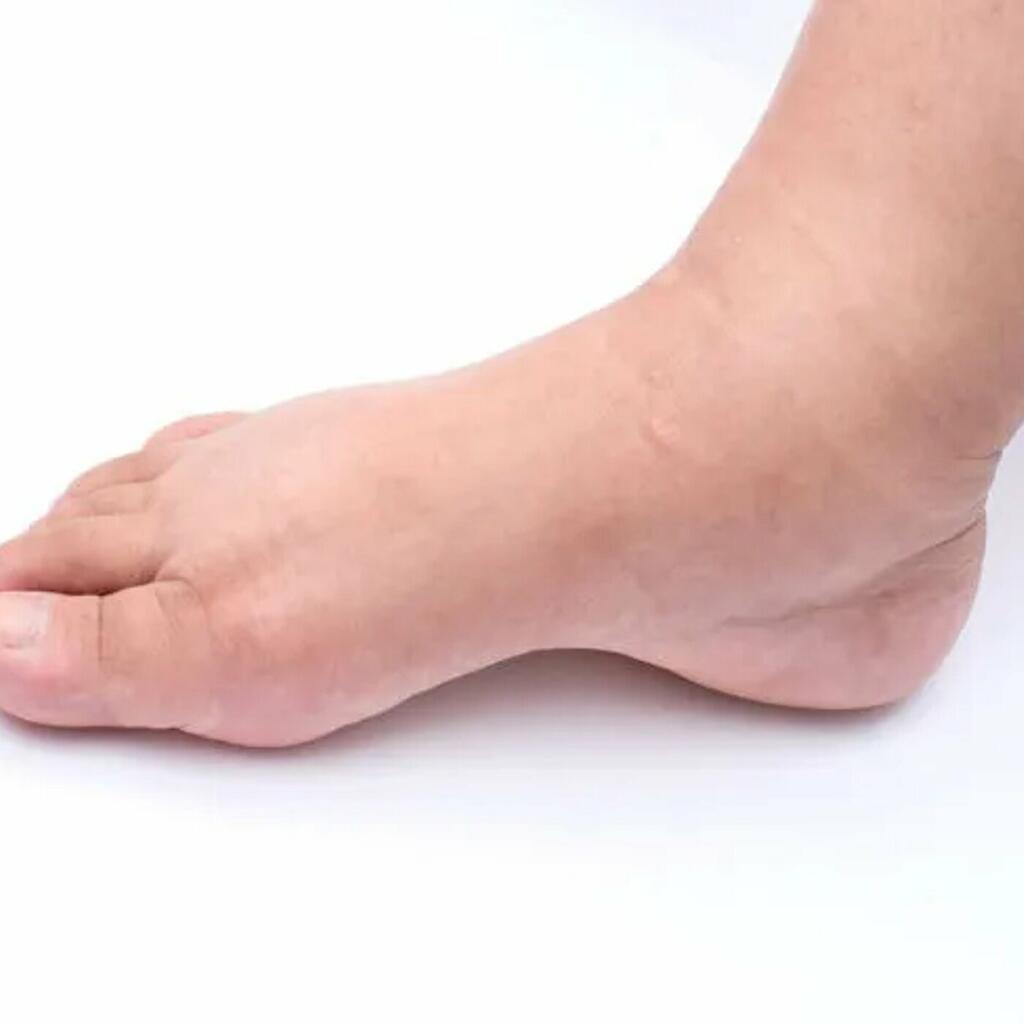

Congenital Bunions
Understanding the type of bunion you have is crucial for effective management and treatment. Regardless of the type, the common denominator for relief and prevention remains the same: finding and wearing the most comfortable shoes that suit your specific needs.
Causes and Risk Factors of Bunions
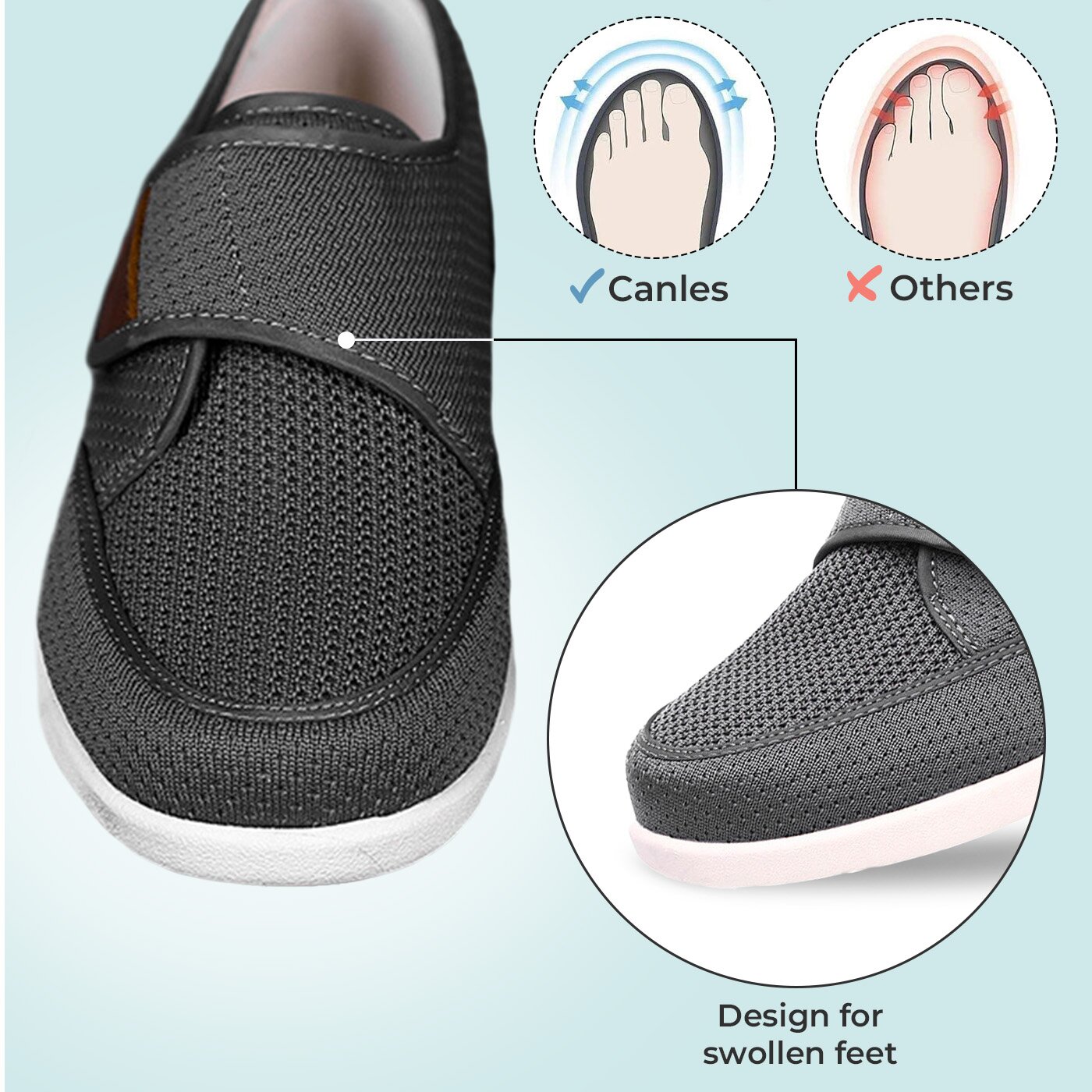
Footwear

Genetics

Lifestyle and Occupation

Old Age
Living with Bunions
Living with bunions doesn’t have to put a damper on your daily activities or your style. With the right lifestyle and footwear adjustments, you can manage bunion pain and even prevent further progression. Let’s walk through some practical tips to keep you moving comfortably and confidently, bunions and all.
- Wear the Right Shoes: Go for shoes with a wide toe box, adequate arch support, and soft, flexible materials.
- Customize Your Shoes: Consider using custom orthotics and bunion pads for added support and cushioning.
- Stay Active: You can try low-impact exercises like swimming, cycling, or walking. Alternatively, you can also try yoga or pilates to improve foot flexibility and strength.
- Take Care of Your Feet: Keep your nails trimmed, moisturize regularly, and gently stretch your toes. You can also occasionally soak your feet in warm water to reduce inflammation and discomfort.
- Seek Help When Needed: Consult a podiatrist for severe pain or if bunion interferes with daily activities.
- Consider Your Work Environment: If your work has you standing all day, you should consider investing in good work shoes and use anti-fatigue mats. Of course, make sure you also take breaks whenever you need them to sit down and elevate your feet.
Final Thoughts
Bunions can be a nuisance, but with the right knowledge and tools, you can manage them effectively. Remember, the key to bunion management is prevention, and wearing the most comfortable shoes plays a pivotal role in this. So, take care of your feet, and they’ll take care of you.
Are you ready to step into comfort? Assess your footwear and consider making changes today. Your feet will thank you. And if you’ve found this guide helpful, don’t hesitate to share your thoughts in the comments below. We love hearing from you!

